Securing accommodation in Florence is a priority for new expats. The city, steeped in history and brimming with Renaissance charm, offers a range of living experiences that blend the old with the new.
In the heart of Florence, apartments nestle in ancient buildings, where every stone whispers tales of the past. These residences, often part of grand palazzos, exude a sense of timelessness, with their high ceilings, frescoed walls, and windows that open to bustling streets and serene courtyards. Here, living is about embracing the city's rich cultural heritage, where modern amenities meet historic elegance.
As one moves towards the outskirts, the landscape transforms. The suburbs of Florence paint a different picture – one of sprawling family homes, modern apartments with panoramic views of the Tuscan hills, and tranquil gardens where the hustle of city life gives way to birdsong and rustling leaves.
City-centre apartments are usually small, so expats looking for more spacious family homes should explore the suburbs. While foreigners can buy property in Italy, most expats rent, at least initially.
 Areas and suburbs in Florence
Areas and suburbs in Florence
The key to finding suitable housing in Florence is for expats to base their search on the lifestyle they prefer. If they like the hustle and bustle of city life, then the city centre is for them, though quieter and less touristy areas do exist. There are many areas and suburbs to choose from in Florence. Remember that it’s a relatively compact city, especially in the Centro Storico within the old city walls. The central areas are also pricier than the outlying suburbs.
One popular choice for expats is the Oltrarno area, known for its artisan shops and local charm. This district offers a more authentic Florentine experience, with fewer tourists and a vibrant community atmosphere. On the other hand, for those seeking tranquillity, the hillside suburb of Fiesole offers stunning views and a serene environment, though it’s a bit removed from the city’s central amenities. Each area in Florence has its unique charm and set of amenities, catering to different preferences and lifestyles.
For families, suburbs like Scandicci or Sesto Fiorentino might be appealing. These areas are known for their green spaces, good schools and family-friendly environments. They provide a peaceful retreat from the bustling city centre while still being accessible via public transport. Young professionals might prefer areas like Campo di Marte or Novoli, which are closer to the city centre and offer a mix of residential and commercial spaces.
Read more about the Best and Worst Areas and Suburbs in Florence.
 Types of accommodation in Florence
Types of accommodation in Florence
Nearly all of Florence’s housing options are in apartment buildings. These palazzi vary in size, and some come with balconies, small terraces, cellar storage units or garage space, which will likely cost extra.
Few buildings have elevators, but the air and light are generally better on higher floors. Housing ranges from old buildings to newer structures, and expats are likely to get more space for their money the further they are from the historic centre.
For those seeking something more unique, Florence also offers a range of historic homes and villas, particularly on the outskirts and in the Tuscan countryside surrounding the city. These properties often feature traditional Italian architecture and may come with gardens or courtyards. However, they are typically more expensive and may require a car for commuting into the city.
Furnished vs unfurnished properties
Expats looking for accommodation in Florence have several choices. Apartments can be rented empty (vuoti), without any appliances or light fittings at all, partially furnished (parzialmente arredati) with a major appliance or two, or fully furnished (arredati).
The choice between furnished and unfurnished depends largely on personal circumstances and the length of stay. Furnished properties are ideal for short-term renters or those who prefer not to invest in furniture. On the other hand, unfurnished apartments offer the freedom to personalise the living space and may be more cost-effective for more extended stays.
Another option available, especially for short-term stays, is serviced apartments. These are fully furnished and often include amenities such as cleaning services and Wi-Fi, providing a hassle-free solution for those new to the city or in Florence for a temporary period.
Finding accommodation in Florence
The best place to start a property search is online. Before moving to Florence, expats should browse web listings or even search social media. We do advise against committing to a lease or putting down a deposit before physically viewing a property and getting a feel for the area it’s in.
For students moving to Florence, individuals can contact their institution or study programme to find out about student accommodation.
Once in Italy, expats can work through a local real estate agent or browse the affitto (rental) sections in the newspaper classifieds. There are also frequent advertisements in The Florentine, an English-language local newspaper.
Networking with fellow expats can also be a fruitful way of finding accommodation. Local expat groups and forums often have insider tips or even listings of available properties. This can be especially helpful for those looking for shared housing or seeking advice on the best areas to live based on personal experiences.
Useful links
- Immobiliare.it is a popular Italian real estate website offering a wide range of listings.
- The Florentine Classifieds are a good starting point for English-speaking expats looking for housing and local advice.
- Airbnb Florence is a solution for short-term or temporary housing options.
Renting accommodation in Florence
Making an application
To apply for rental accommodation in Florence, expats typically need to provide several documents. These usually include proof of income or employment, a valid passport or ID, and sometimes a reference from a previous landlord. Landlords also commonly request a codice fiscale, an Italian tax code, which can be obtained from the local tax office.
The process involves viewing properties either directly or through an estate agent. Once a suitable property is found, the next step is to negotiate the terms and sign a preliminary agreement, known as a contratto preliminare, which outlines the terms of the lease and any conditions agreed upon.
It’s crucial to ensure that all terms and conditions, including the duration of the lease, rental amount, and any other agreements, are clearly specified in the contract to avoid any misunderstandings in the future.
Leases, costs and fees
Standard rental leases in Italy tend to be for long periods, usually for a minimum of three to four years, depending on the type of contract. This can be renewed for expats who wish to stay longer.
Shorter leases are common for foreigners in Florence for a brief stint of work or study (one to two years) but are more expensive. Expats staying for a shorter period usually sign a transitional-use contract with a fixed period of between 1 and 18 months. To enter into this kind of contract, the tenant must prove they have a legitimate need for temporary housing. Expats working in Florence for a limited time can do this with a copy of their employment contract.
To secure a lease, expats typically pay a deposit of up to three months’ rent. They should always visit their prospective flat with the landlord or leasing agent before signing a lease to take note of any repairs to be made before moving in.
Other costs to consider include agency fees if using an estate agent, which can be up to one month’s rent plus VAT, and utility bills, usually not included in the rent.
For more on rental processes in the country, see our guide on Accommodation in Italy.
 Utilities in Florence
Utilities in Florence
Whether tenants have to set up utility connections on their own depends on their lease. Landlords can include electricity and water in the rent or bill the tenant separately. Often, these costs are for the tenant and must be considered when planning financially. Utilities in Italy can be pricey, adding to one’s general cost of living.
In Florence, the utility market is open, allowing residents to choose their provider for electricity, gas, and internet. It’s advisable to compare different providers to find the most suitable plan. There are several online comparison tools available that can assist in this process.
Electricity
When setting up electricity, new tenants should ensure the previous occupant’s account is closed and open a new one to avoid being charged for previous usage. Setting up an electricity account is straightforward, usually requiring just an ID and codice fiscale. Rates vary by provider and usage.
Electricity voltage in Italy is 220 volts, and the socket types are F, C and L. Expats from countries with different voltages or sockets will need adapters or transformers for their appliances.
Gas
Gas is primarily used for heating and cooking in Florence. Like electricity, gas accounts need to be set up in the tenant’s name. Safety inspections are typically required for gas connections, especially in older buildings.
The cost of gas depends on the size of the property and the efficiency of the heating system. It’s generally billed every two months based on estimated usage, with an annual adjustment.
Water
The water supply in Florence is managed by local municipalities. The water bill includes charges for water consumption, sewerage, and a fixed service charge. Bills are usually issued every two months.
Water quality in Florence is generally good, and tap water is safe to drink. However, some residents prefer to use filters or buy bottled water due to the hardness of the water.
Bins and recycling
Florence has a well-organised waste collection system. Residents must sort their waste into different categories: organic, recyclable, non-recyclable and special waste. Collection schedules and guidelines are provided by the municipality.
Recycling is taken seriously, and failure to comply with waste sorting regulations can result in fines. Compostable waste is collected separately for ecological processing.
Internet
Internet providers in Florence offer various packages based on speed and data requirements. Setting up internet usually involves a simple installation process, and most providers offer customer service in English.
Wi-Fi is widely available in public spaces and cafés, making it convenient for those without a home connection or waiting for installation.
Useful links
- ARERA is the regulatory authority for electricity, gas and water.
- Acquedotto del Fiora is useful for information on water supply and services in Florence.
- ENEL is an electricity, gas and fibre provider in Florence.
- Facile.it is a comparison website for utilities and services, including electricity, gas, and internet.
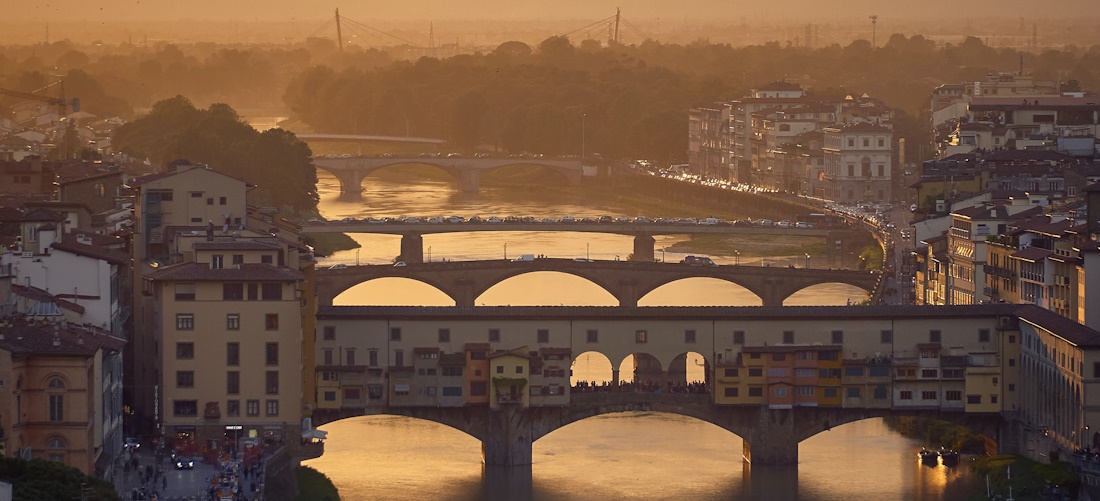 + PRO: There is plenty to see and do
+ PRO: There is plenty to see and do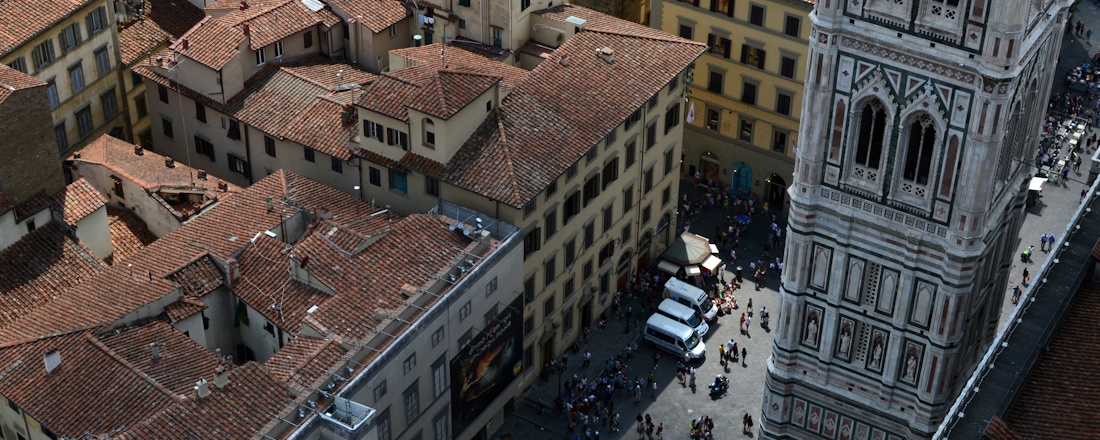 + PRO: Expats can get around of foot
+ PRO: Expats can get around of foot Areas and suburbs in Florence
Areas and suburbs in Florence Types of accommodation in Florence
Types of accommodation in Florence Utilities in Florence
Utilities in Florence
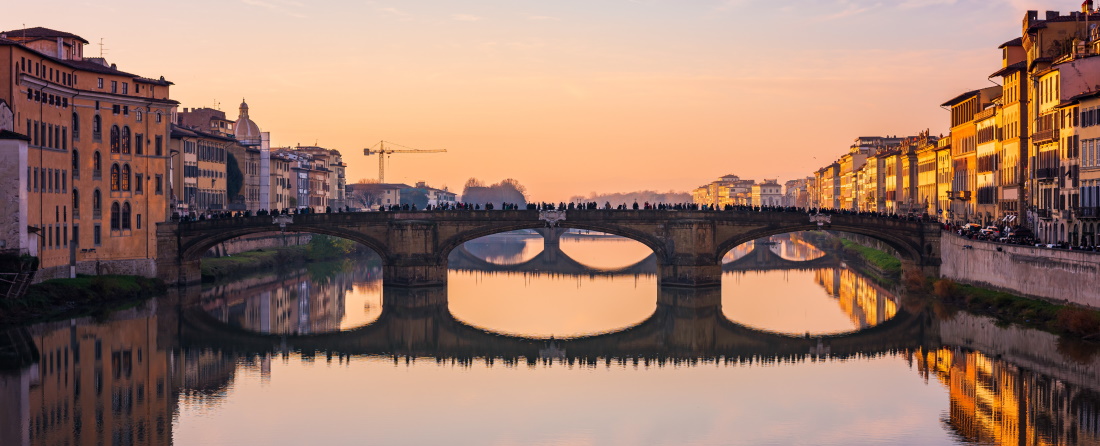
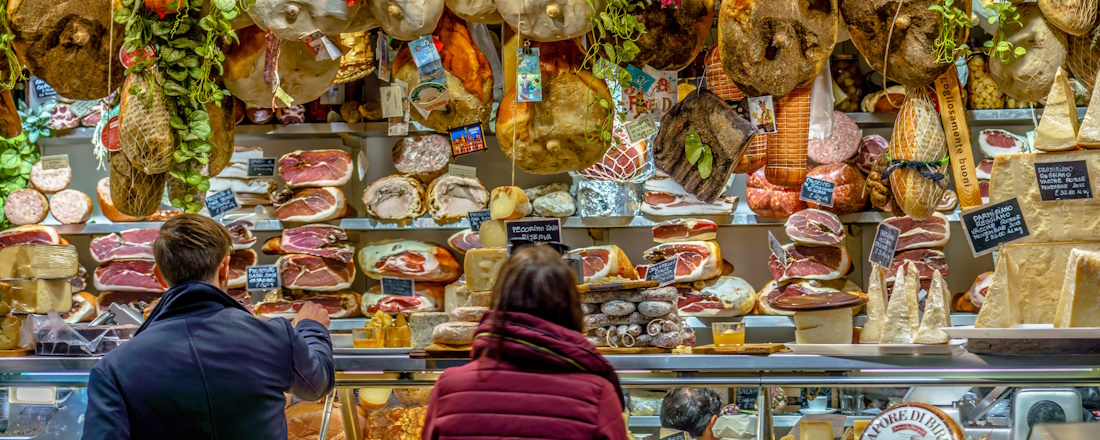 Florence is a shopping haven for locals and tourists alike, with stores and boutiques catering to various tastes and budgets. Those looking for haute couture should head to the shopping streets of Via Tornabuoni, Via Roma or Via della Spada, all of which house well-known fashion brands and luxury goods.
Florence is a shopping haven for locals and tourists alike, with stores and boutiques catering to various tastes and budgets. Those looking for haute couture should head to the shopping streets of Via Tornabuoni, Via Roma or Via della Spada, all of which house well-known fashion brands and luxury goods.  With an incredibly rich cultural history, Florence is home to several remarkable museums, including the Bargello Museum, Museo dell’Opera del Duomo and Museo di San Marco. There are also plenty of churches, monuments and piazzas, as well as modern art galleries such as Galleria dell’Accademia and the Uffizi Gallery.
With an incredibly rich cultural history, Florence is home to several remarkable museums, including the Bargello Museum, Museo dell’Opera del Duomo and Museo di San Marco. There are also plenty of churches, monuments and piazzas, as well as modern art galleries such as Galleria dell’Accademia and the Uffizi Gallery. 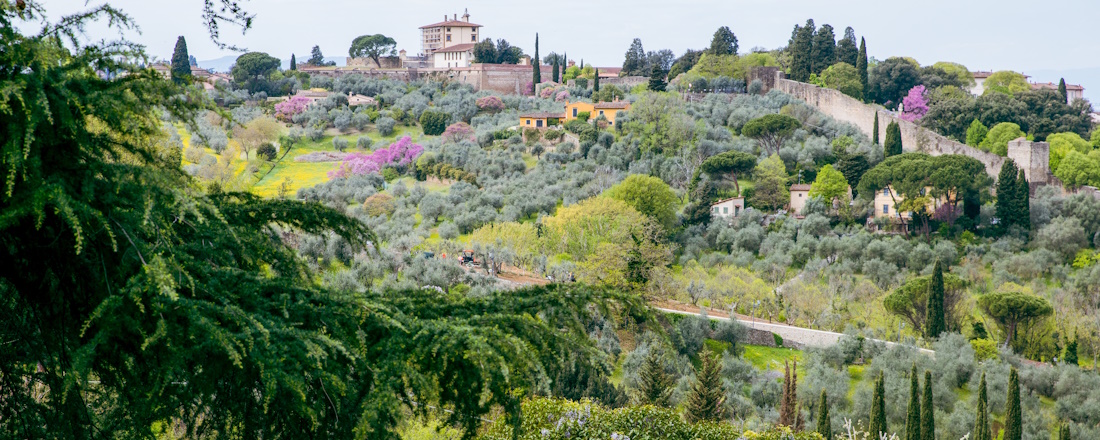 There’s plenty in Florence to keep children entertained all year round. The Oltrarno district, for example, is home to some choice family-friendly sites. Among these are the Boboli Gardens at Palazzo Pitti, which boasts lots of open space for children to explore while their folks enjoy a picnic in a picturesque setting.
There’s plenty in Florence to keep children entertained all year round. The Oltrarno district, for example, is home to some choice family-friendly sites. Among these are the Boboli Gardens at Palazzo Pitti, which boasts lots of open space for children to explore while their folks enjoy a picnic in a picturesque setting.
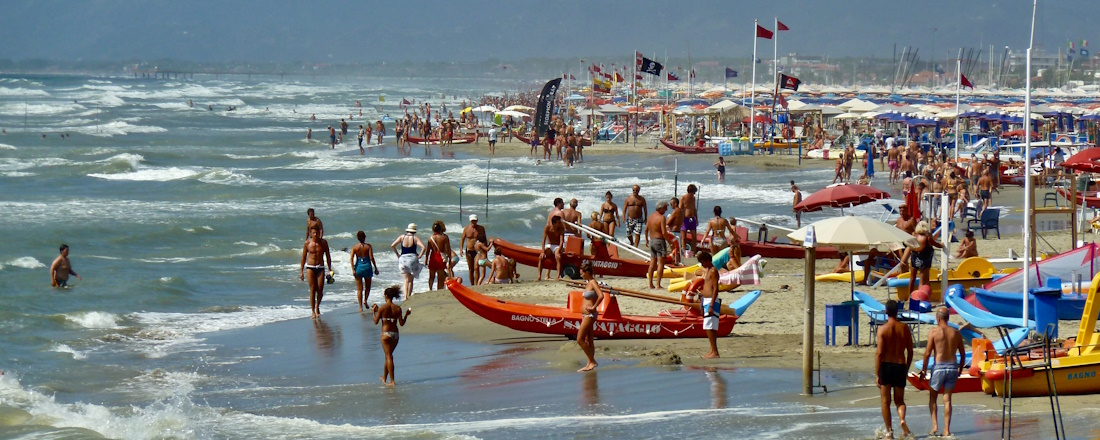 Versilia
Versilia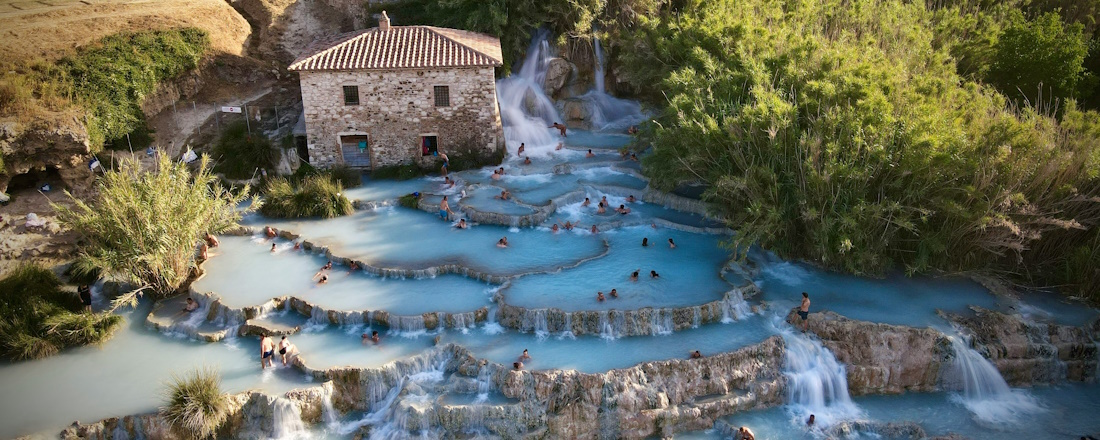 Maremma
Maremma 
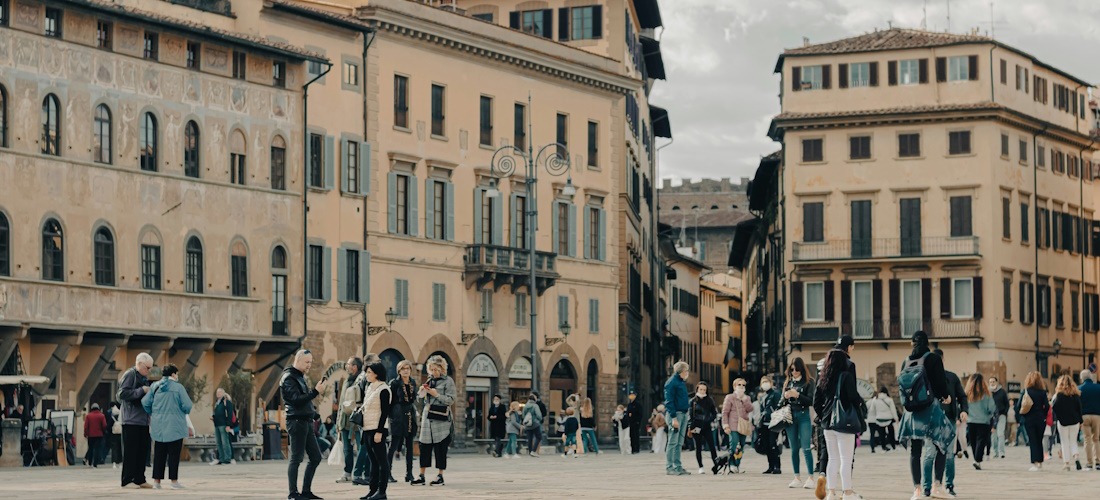
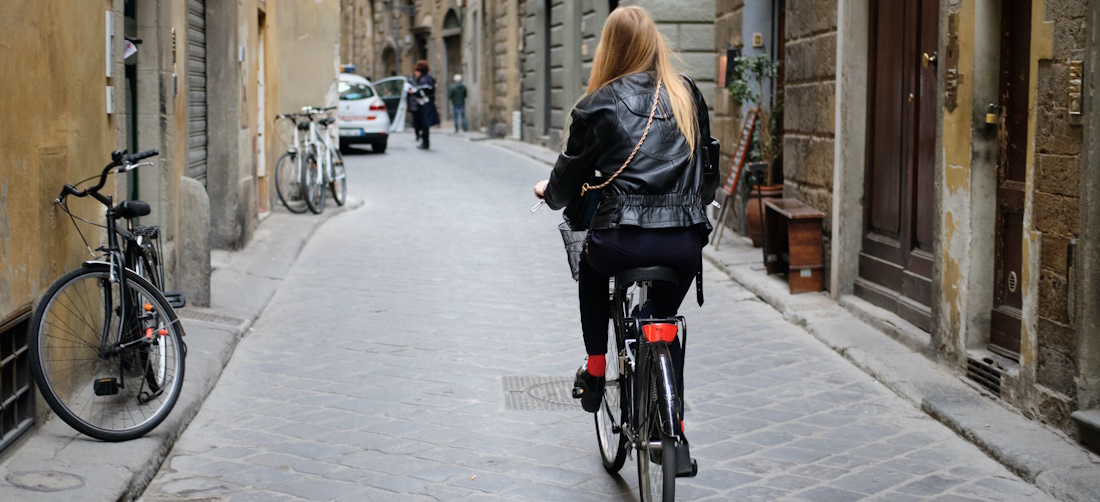
 For those wishing to experience the city on two wheels, renting scooters, Vespas, or motorcycles is a popular alternative. While these vehicles offer more flexibility in navigating the city's streets, holding the appropriate licence and being mindful of the traffic rules is important. Although scooters are less restricted by the ZTL, riders must still adhere to the city's traffic regulations.
For those wishing to experience the city on two wheels, renting scooters, Vespas, or motorcycles is a popular alternative. While these vehicles offer more flexibility in navigating the city's streets, holding the appropriate licence and being mindful of the traffic rules is important. Although scooters are less restricted by the ZTL, riders must still adhere to the city's traffic regulations.